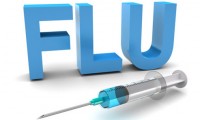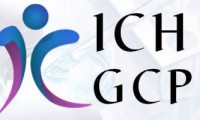-
China’s Import and Export Report of Antineoplastic Drugs
- Source: Ddu
- 1,492
- November 3, 2017
-
Medical Trade Exhibitions in November–Global Product Promotions from the Comfort of Your Own Home!
- Source: Ddu
- 891
- November 3, 2017
-
Sanofi, Regeneron’s biologic shines again in asthma trial
- Source: Pharmatimes
- 1,071
- November 3, 2017
-
Hormone replacement therapy may be beneficial for women’s memory
- Source: Medicalxpress
- 542
- November 3, 2017
-
Australian researchers to use 3D implants for bone tumour surgery
- Source: medicaldevice-network
- 441
- November 3, 2017
-
Dicerna Could Pocket $201M in NASH R&D Deal With Boehringer Ingelheim
- Source: biospace
- 534
- November 3, 2017
-
Wearable Devices–A New Look For The Modern Clinical Trial
- Source: clinicalleader
- 982
- November 2, 2017
-
Flu Vax May Improve Outcomes in Other Illnesses
- Source: medpagetoday
- 830
- November 2, 2017
-
Joining ICH–Opportunity or Challenge?
- Source: drugdu
- 722
- November 2, 2017
your submission has already been received.
OK
Subscribe
Please enter a valid Email address!
Submit
The most relevant industry news & insight will be sent to you every two weeks.













